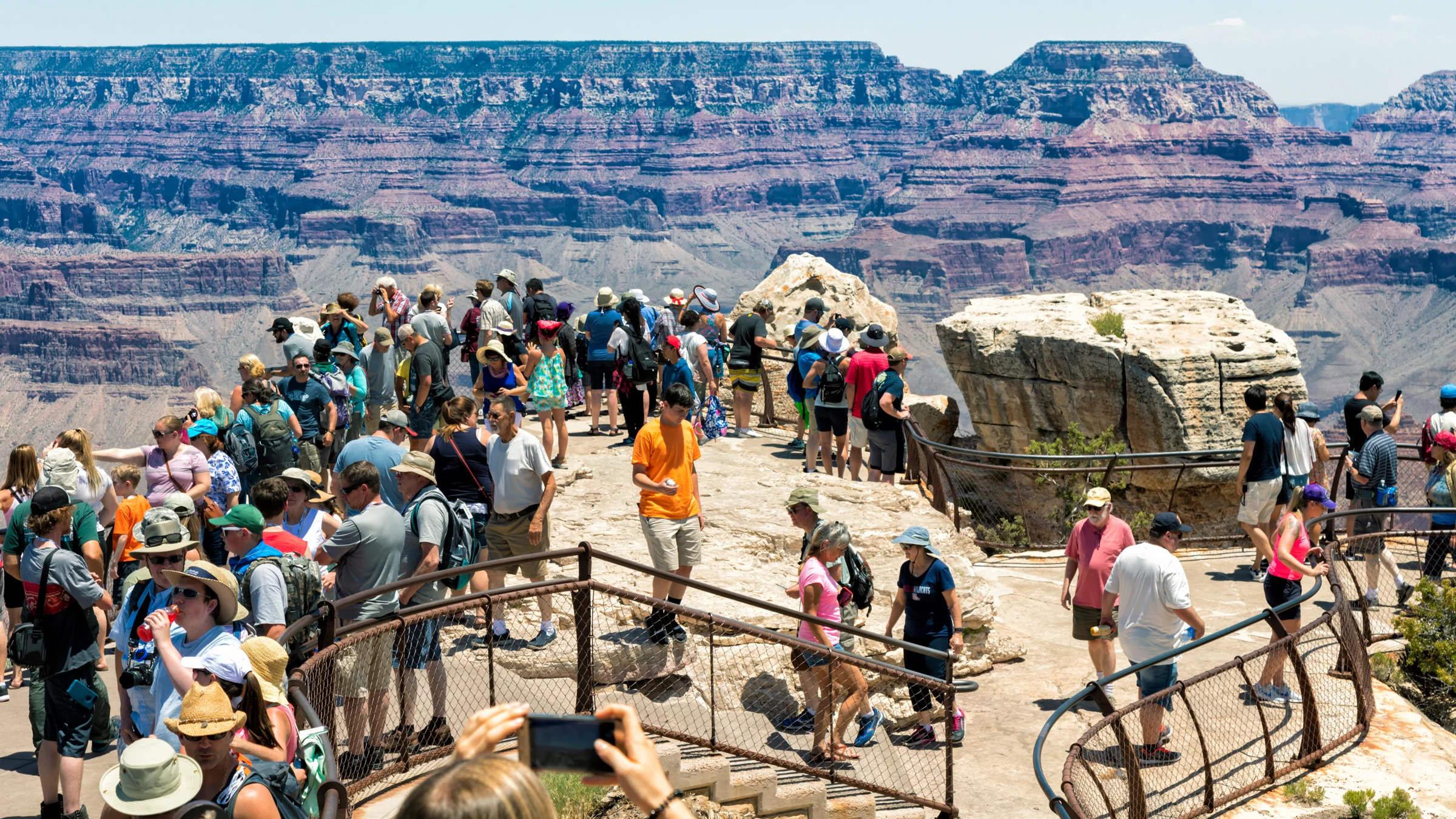How Travel Has Changed - and How to Get the Joy Back !
Travel has always been a source of joy, wonder, and inspiration. From discovering new cultures to indulging in once-in-a-lifetime experiences, it offered a sense of freedom and possibility. But if you’ve found yourself wondering why travel doesn’t feel as fun anymore—you’re not alone.
A global pandemic, growing crowds, changing travel preferences, and the rise of social media have all reshaped how we experience the world. This blog explores what’s changed, why travel may feel more stressful or less fulfilling, and how we can reclaim the magic that once defined our adventures.

The Pandemic Effect: A Turning Point in Travel
COVID-19 changed everything. Virtually overnight, travel came to a halt. Planes were grounded, borders were closed, and entire industries went into survival mode. As we slowly emerge from the pandemic, the scars are still visible.
-
Restrictions and Uncertainty: The rules of travel now often include ever-changing guidelines, vaccination requirements, and the risk of unexpected lockdowns. This uncertainty makes trip planning feel more like a chore than a thrill.

-
Health and Safety Anxiety: For many, travel now comes with a side of stress—sanitizing surfaces, wearing masks, and avoiding crowds. The spontaneity and carefree nature that once defined travel has given way to caution.
-
Fewer Options, Higher Prices: With reduced airline routes, staff shortages, and limited accommodations, travel feels less accessible—and often more expensive. Popular destinations are booked solid months in advance, and flexibility has become a necessity.
The Rise of Over Tourism

Even before the pandemic, another trend was taking its toll on the joy of travel: overtourism.
Overtourism happens when a destination becomes overwhelmed by visitors, exceeding its capacity to manage them without harming the environment, local infrastructure, and the quality of life for residents.
-
Impact on Locals: As tourist numbers soar, housing prices and the cost of living rise—often pushing locals out of their neighborhoods. The character of communities changes, sometimes disappearing altogether.

-
Environmental Damage: Fragile ecosystems like coral reefs, beaches, and national parks suffer from overuse. Increased foot traffic, pollution, and resource depletion leave a lasting mark.
-
Loss of Authenticity: Places once brimming with culture can become crowded, commercialized, and designed more for tourists than the people who live there.
The result? A diminished travel experience for everyone.

Changing Travel Preferences
Yet not all change is bad. In response to overtourism and global challenges, many travelers are shifting their focus toward more meaningful experiences.
-
Alternative Adventures: Instead of racing through major tourist attractions, people are seeking lesser-known destinations, off-the-beaten-path hikes, and unique cultural encounters.

-
Sustainable Travel: There’s growing awareness about how travel affects the planet. More travelers are choosing eco-friendly lodging, supporting local businesses, and opting for low-impact experiences.
-
Cultural Immersion: Many now want to connect with a place, not just see it. Homestays, local food tours, and community-led excursions offer a richer, more rewarding way to travel.
This shift gives us a chance to redefine what “fun” in travel really means.
Tech & Virtual Travel: A Double-Edged Sword

Technology has made travel more accessible—but not always more enjoyable.
-
Planning Made Easy: With a smartphone, you can book a flight, rent a car, find a hotel, and plan an itinerary in minutes. But the sheer number of options can also lead to decision fatigue and second-guessing.
-
Virtual Reality: VR lets you “visit” places without ever leaving home. While this can be a fun preview or substitute when travel isn’t possible, it’s no match for the real thing—the smells, the sounds, the human connection.
-
A Digital World of Travel: While helpful, tech tools can sometimes create distance from the present moment. Google Maps over wanderlust, online reviews over local tips—it’s easy to become a passive traveler rather than an active explorer.
Social Media: Inspiration or Pressure?

Instagram, TikTok, and travel blogs inspire millions to explore the world—but they also come with baggage.
-
Unrealistic Expectations: Perfectly curated travel photos can lead us to believe that every trip should be flawless and glamorous. When reality doesn’t match the highlight reel, it’s easy to feel let down.
-
FOMO is Real: Seeing others on incredible adventures can make us feel like we’re missing out or not doing travel “right.”
-
Performing the Experience: There’s pressure to get the perfect shot, post the perfect story, and keep up appearances—sometimes at the expense of actually enjoying the moment.
Reclaiming the Joy of Travel

So, where did the fun go? It’s still there. It just looks a little different—and requires a new mindset.
Here’s how we can bring the magic back:
-
Slow down. Skip the rushed itineraries. Spend more time in fewer places.
-
Be curious. Let go of expectations and allow for spontaneity.
-
Connect with locals. Whether through a conversation, a meal, or a walking tour, it’s people who make places special.
-
Pack light—mentally and physically. Travel isn’t a competition. Do what brings you joy, not what looks best on social media.
-
Travel with purpose. Volunteer, learn, give back, or just take a break to reflect. Let travel change you in small, meaningful ways.

Until next time,
Susan
My Final Thoughts
It’s true—travel has changed. The pandemic, overtourism, technology, and social media have reshaped our experiences and expectations. But they’ve also opened the door to a more thoughtful, intentional, and rewarding way to explore the world.
I believe the joy of travel isn’t lost—it’s evolving. It’s shifting from checklists to connections, from photo ops to personal growth.
So let’s pack our bags not just for where we’re going, but for why we’re going. The world is still full of wonder. Let’s find it—one meaningful journey at a time.
